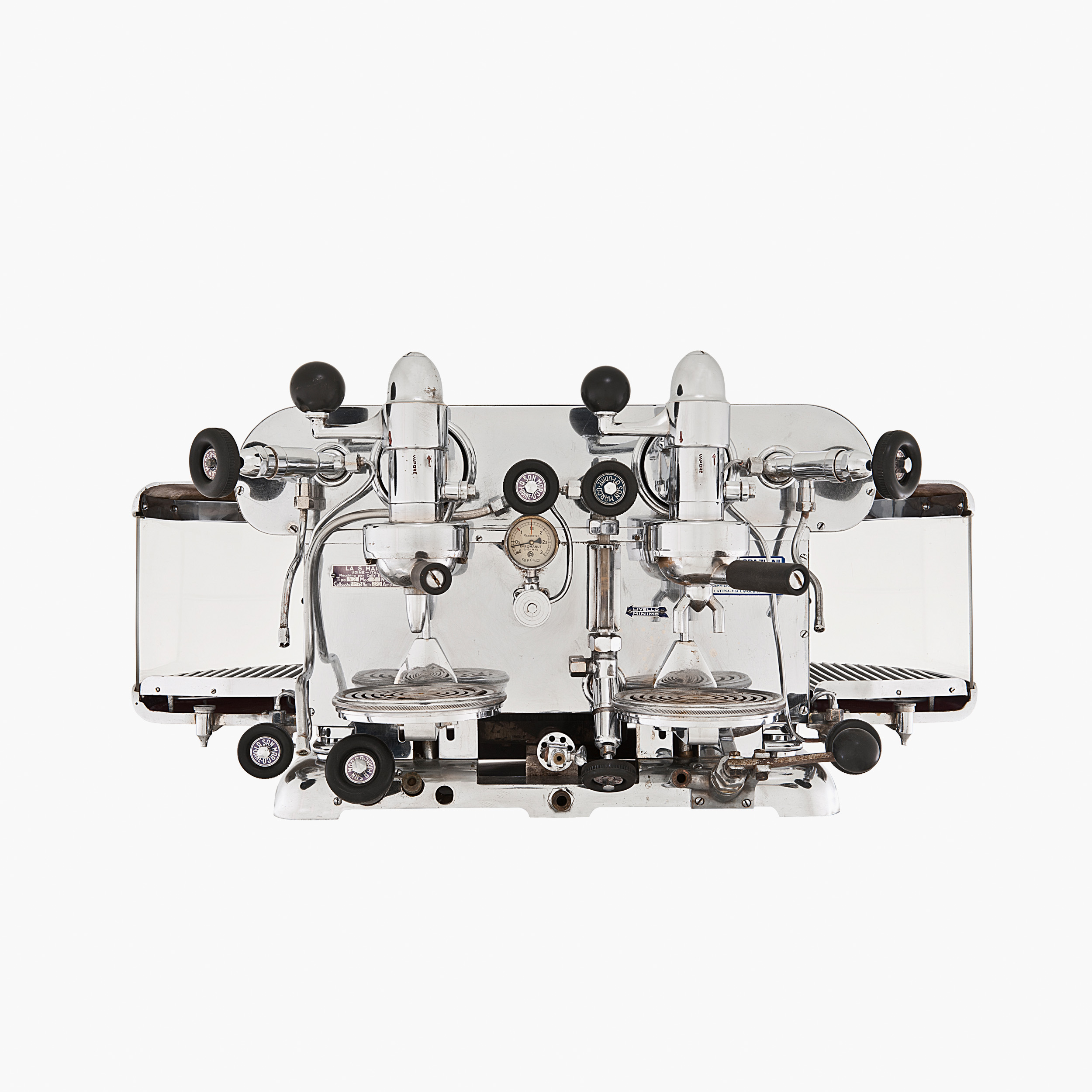During the world wars, innovations in coffee slowed to a halt. Facist authorities in Italy became increasingly suspicious of anything foreign, particularly of perceived luxuries such as large-scale espresso machines. These attitudes significantly slowed sales of espresso machines in Italy until the end of the Second World War. Moreover, regulations introduced from 1911 allowed local authorities to impose caps on the prices of day-to-day commodities, including beverages. These price caps redirected the business model for bar owners away from heavy investment in coffee machinery and quality ingredients (Morris 2013).
According to food historian Jonathan Morris,
‘The Fascist regime’s suspicion of coffee as a “foreign luxury” meant ordinary Italians were more familiar with coffee substitutes.’ (Morris 2018)
In other European capitals it was a different story, however. Until the postwar boom time, machine sales outside of Italy were far higher than those within Italy.
The wartime period caused significant holdups to some great ideas. For example, just as the Second World War was beginning in 1939, Guiseppe Bambi, founder of La Marzocco in Florence, registered a patent for what might have been the first-ever horizontal boiler design. The company has uncovered blueprints for the Marus design (see below).
Aside from the obvious improvements in ergonomics for baristas working behind the bar, the horizontal boiler design also offered a more mundane benefit: a significantly larger surface area on which to warm cups. Enrico Maltoni explained,
‘The most important evolution before the lever machine was [the development of] non-vertical but horizontal coffee machines, because they hold heat on the coffee machine. This was important to keep the cups warm.’
The La San Marco machine from 1942 — the first espresso machine with a horizontal boiler. Images reproduced with the kind permission of Enrico Maltoni.
To our knowledge, La San Marco was the first horizontal design that was commercially available,



